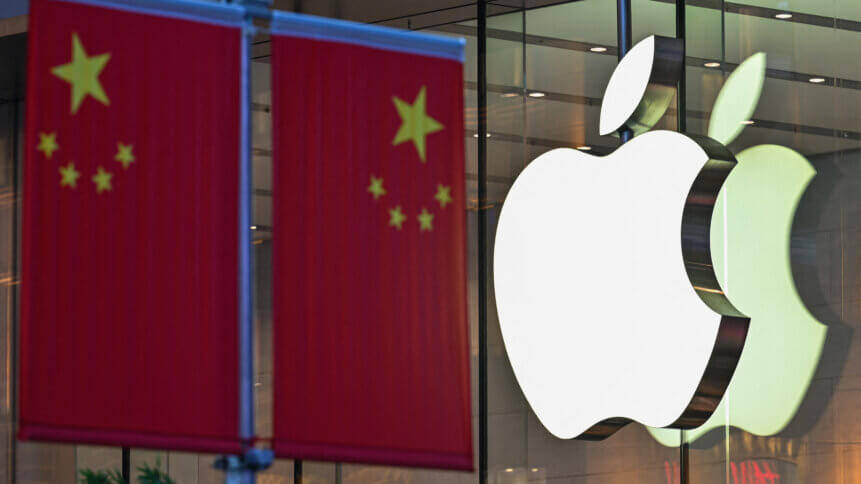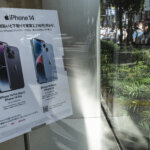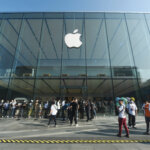Apple decoupling from China is easier said than done

- China makes roughly 98% of Apple’s iPhones.
- Given the web of local component suppliers, including modern and efficient transport, communication and electricity supplies, it will be difficult to pull out of the world’s second-largest economy.
China is the world’s largest smartphone market, making it the most important and lucrative nation for Apple Inc. The California-based company has been heavily dependent on contract suppliers in China for assembling its many popular gadgets. Simply put, China is so deeply entangled in Apple’s supply chain that decoupling from the market would cost the iPhone maker tremendous growth and a hefty bottom line price tag.
Amid the ongoing trade and tech war between the two economic powerhouses of the US and China, many companies based in one country have retreated from the other. But many US tech firms have made concessions to stay afloat in China. After all, missing out on the massive — and growing — market would mean potentially falling behind their rivals.
To name a few, Amazon.com Inc., HP Inc., Microsoft Corp., Cisco Systems Inc. and Dell Technologies Inc. also depend on China to produce hardware for servers, storage and networking products. But the extent of their dependence pales when compared to that of Apple. Apple’s exposure to China is significantly larger than many other leading tech firms’.
To put that into perspective, Apple’s smartphone market share in China hit a record high in the fourth quarter of 2021, when the iPhone maker reclaimed the number one spot in the country for the first time in six years. The American giant had 23% of the market and sales grew 32% year-on-year in the December quarter, according to market analysts Counterpoint Research.
Even when China was under a series of lockdowns earlier this year, smartphone shipments in China, specifically by Apple, jumped sharply in the second quarter to 9.9 million iPhones. That’s an increase of 25% year-on-year, market research firm Canalys said in a report in July this year.
Why are most Apple products made in China?
Steve Jobs originally transferred most Apple manufacturing to China because it was the only country in the world with a huge ready-made supply chain network, and the ability to scale up production almost overnight. According to an article on 9to5mac, one of the three main reasons China – and specifically the Shenzhen area – is such a powerful manufacturing center is the fact that the city is strategically placed.
Shenzhen is positioned in such a way that it serves as the gateway between mainland China and Hong Kong — one of the largest shipping centers in the world, with a massive container port. “Second, the Chinese government established Shenzhen as the first Special Economic Zone (SEZ) in the country. SEZs are designed to encourage enterprise through relaxed planning regulations and generous tax incentives – and crucially, to facilitate foreign investment in local companies. It is this, as much as its geographical advantages, which has enabled it to grow at such a pace,” the article explains.
Considering SEZ status was established in 1980, the city has had over 40 years to grow into the manufacturing center of the tech world. That brings us back to the fact that Apple relies on a huge network of suppliers and subcontractors there, some of which may make just a single tiny component. “The majority of them are based in Shenzhen and its immediate surroundings, so the logistics of bringing everything together in one place for assembly are straightforward,” 9to5mac said.
Untangling China and Apple — Mission Impossible?
Since more American companies are finding reasons to downgrade their ties with China in recent years, it was only a matter of time before Apple followed suit. While there are no doubts of Apple’s alternatives to China, which are India and Vietnam — to replicate what it has in China is close to impossible, simply because no country’s manufacturing prowess has come close.
Apple has already started producing some iPhone 14 models in India, in an earlier than usual move for new models. Apple’s largest supplier, Foxconn Technology Group, also recently agreed to a US$300 million expansion of its production facilities in Vietnam. But the conclusion from a Bloomberg Intelligence analysis of Apple is that breaking up with China will take more than just new manufacturing grounds.
In fact, Bloomberg Intelligence estimates that it would take around eight years to move just 10% of Apple’s production capacity out of China, where roughly 98% of the company’s iPhones have been made. “Scores of local component suppliers — not to mention modern and efficient transport, communication and electricity supplies — make it particularly difficult to get out of the world’s second-largest economy,” it added.
“With China accounting for 70% of global smartphone manufacturing and leading Chinese vendors accounting for nearly half of global shipments, the region has a well-developed supply chain, which will be tough to replicate — and one Apple could lose access to if it moves,” BI’s report from analysts Steven Tseng and Woo Jin Ho said. While it is possible to look outside of China for other markets, for Apple, which has invested more than two decades, and has tens of billions of dollars wrapped up in the country, unwinding those ties could end up taking just as long, and may result in lasting damage to an already battered global economy.










